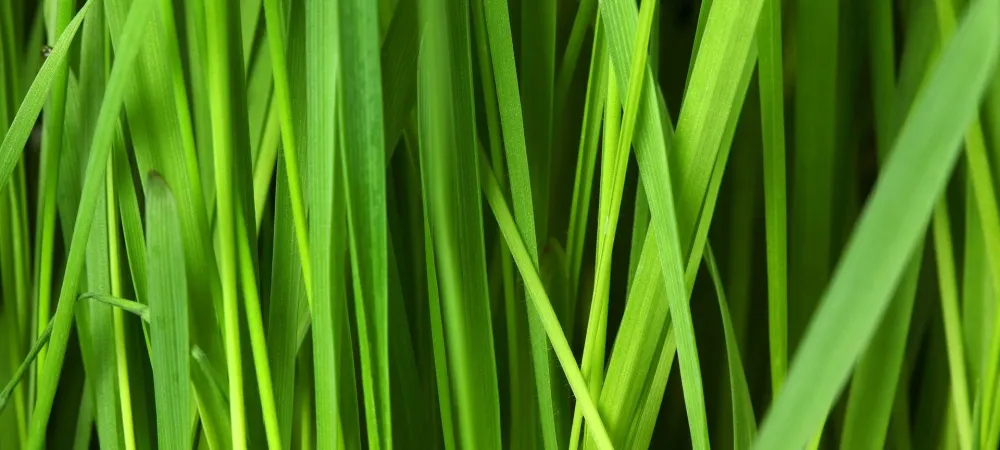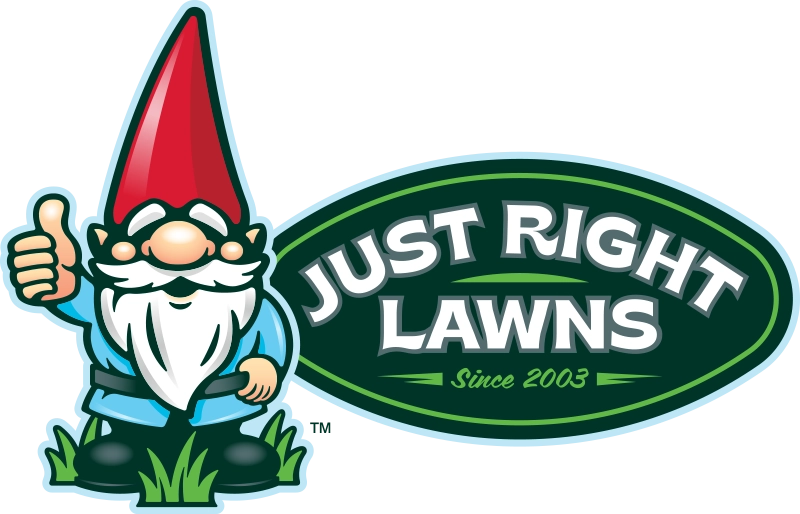Best Grass for Lawns in Texas

What is the Best Grass for Texas Lawns?
In the panhandle, or the northern part of Texas, rainfall is more common, and winters come with snow and freezing temperatures. In Texas, residents struggle through blazing hot summers and long periods without rain. West Texas weather is hot and dry. It resembles the deserts of New Mexico and Arizona.
The grasses that grow best in Texas are few. They need a combination of defensive properties that resist heat, cold, and drought.
What Grasses Grow in Texas?
The most common and healthy-growing grasses in Texas are:
- Buffalo Grass
- Bermuda Grass
- Carpet Grass
- Bent Grass
- Blue Grass
- Centipede Grass
- St. Augustine
The Best Grass for Lawns in Texas
These grasses are good for high-traffic areas with minimal shade.
Buffalo Grass
It’s one of the few types of grass native to Texas. It grows wild in central and south Texas. The buffalo that used to populate the Great Plains used this grass as one of their main food sources. It grows in all seasons and stays low enough to ensure minimal maintenance. It can survive even in the drier, more desert-like places of Texas and is great for large expanses.
Bermuda Grass
Bermuda is durable, versatile, and easy to plant. It boasts superior heat and drought tolerance. Central and South Texans use this grass most often for their lawns, but it’s tough enough to cover athletic fields and parks. Even in hot, dry areas, it will maintain a green color year-round. It also grows fast once planted, as long as it receives moderate maintenance.
Carpet Grass
You’ll find carpet grass growing most often in coastal areas. As another of Texas’s native grasses, it has an affinity for wet soil that is low in nutrients. Its blades are rigid and coarse, and it grows dense enough to resist insects. Mowing is easy, but the grass thrives most when at its full length. Since it loves wet soil, lawns with carpet grass away from coastal areas will need regular watering.
For Beautification:
This grass is great for beautiful views and open areas.
Bent Grass
This grass is a low-growing, thin-bladed, extra-dense grass. When mowed, its density ends up uniform, forming a perfect carpet. Bent grass is most often used on golf courses in Texas. The top of the blade is soft and the bottom rigid, making it comfortable and strong at the same time.
For Specific Cities:
For use only in certain regions of Texas.
Blue Grass
Better known as Kentucky Blue Grass, it grows best in the northernmost areas of Texas. It’s more tolerant of cold than heat and tends to absorb and use water well. It needs regular care but is resistant to traffic. Its soft blades make it great for lawns or use on athletic fields for many sports.
Centipede Grass
Some of its stalks resemble the segmented body of a centipede. It’s a low-growing grass that comes from China. It survives well in mildly cold temperatures, so it works best in the south and southeast. It doesn’t go dormant and bounces back from Texas cold snaps with healthy, green blades.
St. Augustine
This grass is a widely used warm-season grass. You’ll find it most often in tropical Africa, Australia, and Mexico. The moist air from the Gulf of Mexico and non-stop summer heat help St. Augustine reach its full potential. Its blades are wide for soaking up plenty of sunshine, but it will struggle in the winter.
What Features Does Texas Grass Need?
Unusual weather patterns in Texas mean that Texas grasses need to be:
Drought proof
Texas reached serious drought conditions in October 2010. 70 percent of Texas was in drought conditions in August 2014. The state is still under drought conditions today. To keep grass looking healthy year-round, you’ll need to plant deep-rooted grass that can survive long periods without fresh rainfall.
Heat resistant
Most of Texas shares the long summers and short winters of Mexico. Temperatures reach beyond 110℉ on the hottest summer days. Your grass has to absorb and use that non-stop sunlight that shines from morning until dusk. Grass with wider blades is better at resisting heat.
Traffic tolerant
Texas’s long warm season means people use their lawns for most of the year. Grass can take some abuse from foot traffic, but it will eventually take too much damage to sustain its growth. Grasses with flexible blades in softer soil are more tolerant of year-round traffic.
Cold-resistant
Even a single cold snap can destroy your lawn. Even though the Texas winter is mild, temperatures dip below freezing. Even people in the southern extremities of Texas need to prepare their lawns for deep cold. There are a few types of grass that will struggle through the summer but flourish through the winter.
Make sure the grass you’re planting or maintaining is right for your region. Also, check for characteristics that pertain to where you use the grass.
Need Lawn Care Services?
Choosing the right grass for your Texas lawn can make all the difference when it comes to curb appeal, durability, and maintenance. Whether you’re dealing with full sun, shade, drought, or heavy foot traffic, there’s a turf type that fits your needs. Once you’ve got the right grass in place, Just Right Lawns is here to help you keep it looking its best. With professional lawn care services, we make lawn care simple, consistent, and stress-free.

